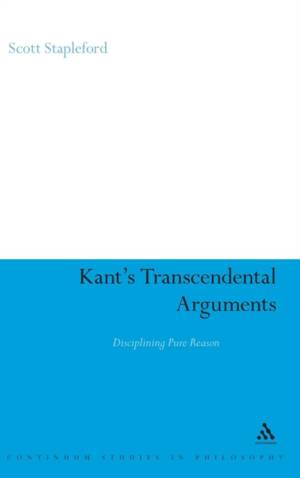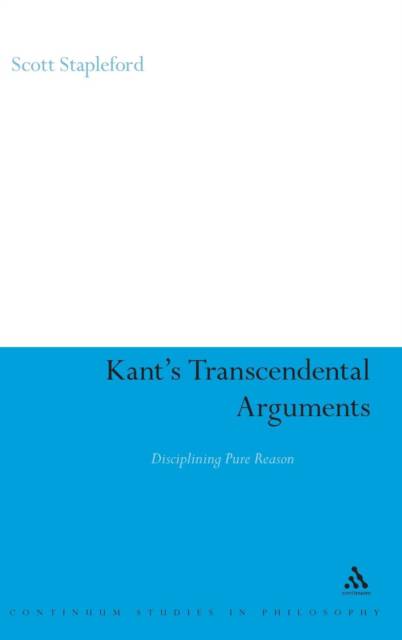
Je cadeautjes zeker op tijd in huis hebben voor de feestdagen? Kom langs in onze winkels en vind het perfecte geschenk!
- Afhalen na 1 uur in een winkel met voorraad
- Gratis thuislevering in België vanaf € 30
- Ruim aanbod met 7 miljoen producten
Je cadeautjes zeker op tijd in huis hebben voor de feestdagen? Kom langs in onze winkels en vind het perfecte geschenk!
- Afhalen na 1 uur in een winkel met voorraad
- Gratis thuislevering in België vanaf € 30
- Ruim aanbod met 7 miljoen producten
Zoeken
Omschrijving
Two currents of thought dominated Western philosophy in the seventeenth and eighteenth centuries: Continental Rationalism and British Empiricism. Despite the gradual dissemination of British ideas on the Continent in the first decades of the eighteenth century, these fundamentally disparate philosophical outlooks seemed to be wholly irreconcilable. However, the publication of Immanuel Kant's Critique of Pure Reason in 1781 presented an entirely new method of philosophical reasoning that promised to combine the virtues of Rationalism with the scientific rigour of Empiricism.
This book offers the first extended analysis of Kant's method of proof in philosophy. The author constructs a model based on Kant's own statements about his procedure and then examines his famous proofs in light of it. Great emphasis is placed on historical accuracy and the debunking of popular myths about Kant's aims and doctrines. The result is a compelling new picture of Kant that will challenge current assumptions.
This book offers the first extended analysis of Kant's method of proof in philosophy. The author constructs a model based on Kant's own statements about his procedure and then examines his famous proofs in light of it. Great emphasis is placed on historical accuracy and the debunking of popular myths about Kant's aims and doctrines. The result is a compelling new picture of Kant that will challenge current assumptions.
Specificaties
Betrokkenen
- Auteur(s):
- Uitgeverij:
Inhoud
- Aantal bladzijden:
- 160
- Taal:
- Engels
- Reeks:
- Reeksnummer:
- nr. 4
Eigenschappen
- Productcode (EAN):
- 9780826499288
- Verschijningsdatum:
- 1/08/2008
- Uitvoering:
- Hardcover
- Formaat:
- Genaaid
- Afmetingen:
- 160 mm x 234 mm
- Gewicht:
- 385 g

Alleen bij Standaard Boekhandel
+ 746 punten op je klantenkaart van Standaard Boekhandel
Beoordelingen
We publiceren alleen reviews die voldoen aan de voorwaarden voor reviews. Bekijk onze voorwaarden voor reviews.









